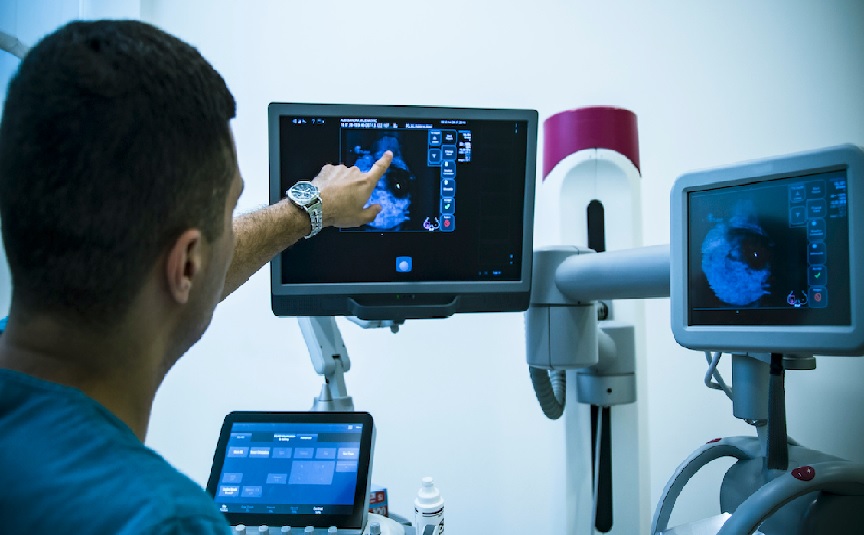Biomedical Engineering
The application of engineering principles to the design and development of medical devices and diagnostic tools, including advanced imaging technologies and wearable health monitors.
With expertise spanning physiology, biology, healthcare and health informatics, mechanics, and engineering, biomedical engineering is inevitable to create solutions to continuing worldwide health issues, helping to change how patients are treated and lowering the cost of care. This three-day event provides a platform for world-wide professionals to share their research outcomes and take part in intensive discussions on different aspects concerning this field. It will include several informative plenary talks, keynote lectures, panel discussions, workshops, poster and oral presentations and other social events aimed at fostering partnerships between academic and business communities.[1]
Biomedical engineers are employed in the industry, in hospitals, in research facilities of educational and medical institutions, in teaching, and in government regulatory agencies. They often serve a coordinating or interfacing function, using their background in both engineering and medical fields. In industry, they may create designs where an in-depth understanding of living systems and of technology is essential. They may be involved in performance testing of new or proposed products.[2]

Figure 1.Biomedical engineering
Figure 1 shows Biomedical engineering is a field of engineering that combines principles of engineering, biology, and medicine to design and develop new technologies and devices for healthcare applications. Biomedical engineers work on a wide range of projects, from developing new medical devices and instruments to designing software and algorithms for medical imaging and analysis.
One major area of focus in biomedical engineering is the development of prosthetic devices, such as artificial limbs or implants, to improve the lives of people with disabilities or injuries. Biomedical engineers also work on developing medical imaging technologies, such as MRI and CT scanners, that allow doctors to visualize the inside of the body and diagnose medical conditions.
Another area of biomedical engineering research is tissue engineering, which involves using cells and other materials to create new tissues and organs for transplantation. Tissue engineering has the potential to revolutionize healthcare by providing new treatments for a range of conditions, such as organ failure and certain types of cancer.
Overall, biomedical engineering is a rapidly growing field with the potential to transform healthcare in the coming years. As technology continues to advance, it is likely that biomedical engineers will continue to develop innovative solutions to a wide range of medical problems.
References:
- https://www.pagesconferences.com/2023/biomedical-engineering
- https://www.longdom.org/scholarly/biomedical-engineering-journals-articles-ppts-list-2070.html
Cite this article:
Janani R (2023),Biomedical engineering, AnaTechMaz, pp.120















